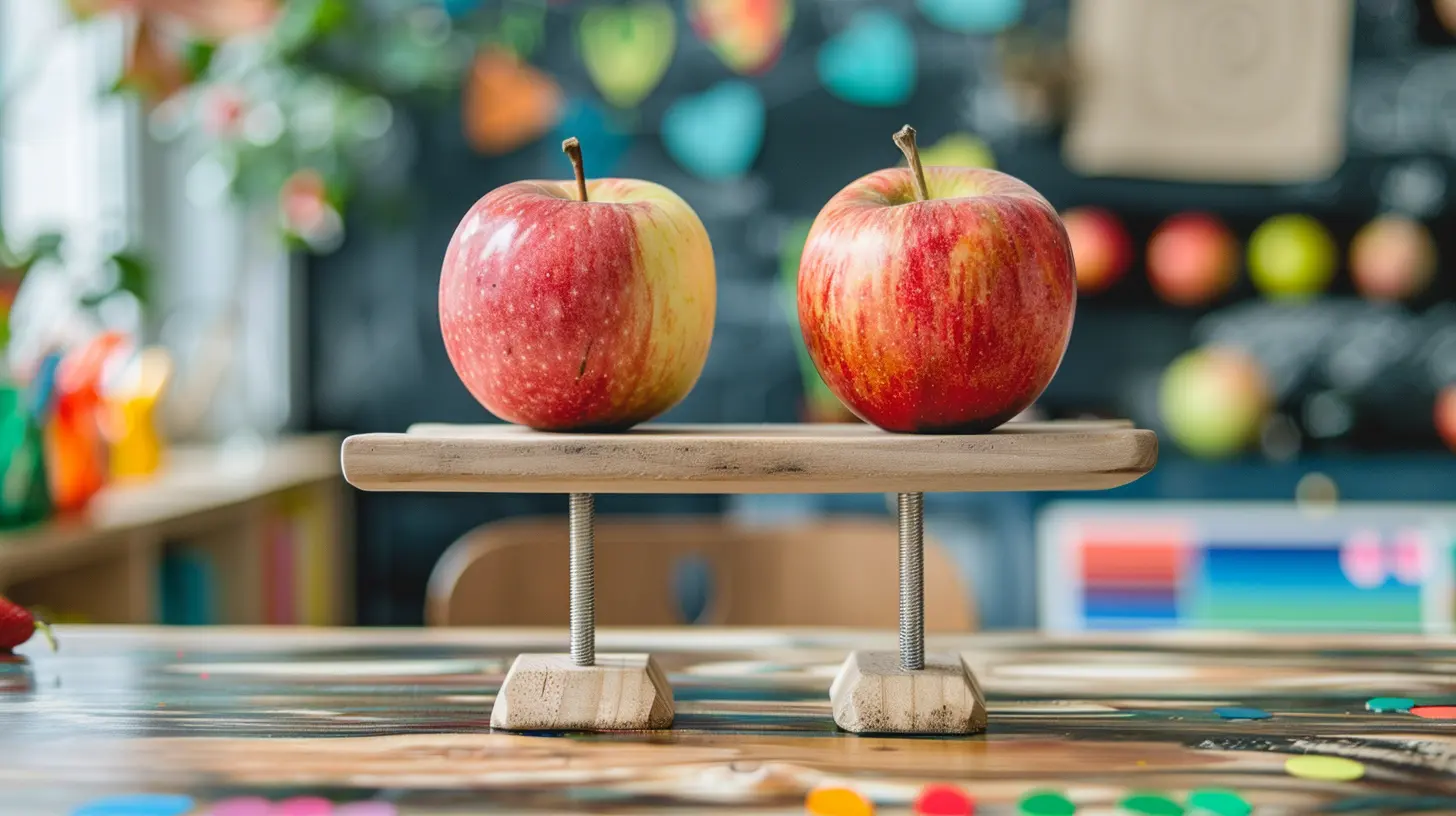Blending Instructional Strategies: Finding the Right Balance for Your Classroom
16 November 2025
Teaching isn't a one-size-fits-all approach. Every student learns differently, which makes finding the right mix of instructional strategies essential. If you've ever felt torn between direct instruction, collaborative learning, and hands-on activities, you're not alone. The key is balance—blending different methods to create a dynamic, engaging, and effective classroom environment.
In this post, we'll dive deep into the art of blending instructional strategies, why it matters, and how you can create a classroom that meets every student's needs.

Why Instructional Balance Matters
Imagine a chef cooking the perfect meal. Too much salt ruins the dish, while too little leaves it bland. The same goes for teaching—relying too much on one method can disengage students, but a strategic mix can create the perfect learning experience.A balanced instructional approach ensures:
- Engagement – Students stay interested and involved.
- Retention – A mix of strategies helps information stick.
- Inclusivity – Different learning styles get addressed.
- Skill Development – Critical thinking, collaboration, and problem-solving thrive.
Now, let’s break down various instructional strategies and how to blend them effectively. 
1. Direct Instruction: The Foundation of Learning
Direct instruction often gets a bad rap, but let's be real—it’s essential. It provides structure, clarity, and a foundation for deeper learning. When done right, it’s engaging, interactive, and impactful.When to Use It:
- Introducing new concepts- Providing step-by-step guidance
- Reviewing key takeaways before assessments
How to Blend It:
Pair direct instruction with active learning methods. For instance, after a short lecture, integrate a group discussion or a quick hands-on activity to reinforce concepts.
2. Collaborative Learning: Encouraging Peer Interaction
Students often grasp concepts better when they discuss and solve problems together. Collaborative learning builds communication, teamwork, and critical thinking skills.When to Use It:
- Problem-solving exercises- Group projects
- Peer teaching
How to Blend It:
After explaining a concept through direct instruction, have students work in small groups on a task that applies their learning. This could be brainstorming real-world applications, engaging in debates, or working on case studies.
3. Hands-On Learning: Engaging Through Experience
Some students need to "do" to understand. Hands-on learning fosters deeper connections with material through real-world experiences.When to Use It:
- Science experiments- Art or design projects
- Role-playing activities
How to Blend It:
Pair hands-on activities with direct instruction. For example, before conducting a science experiment, explain the theory behind it. Then, let students test it out and compare their results with expectations.4. Technology-Enhanced Learning: Keeping It Modern
Technology is a game-changer in education. From interactive simulations to gamified quizzes, it brings lessons to life.When to Use It:
- Reinforcing difficult concepts through simulations- Engaging students with gamified quizzes
- Providing personalized learning through adaptive technology
How to Blend It:
Use technology as a supplement, not a replacement. After a traditional lesson, reinforce knowledge with an educational game, an online discussion forum, or an interactive whiteboard activity.5. Inquiry-Based Learning: Encouraging Curiosity
Inquiry-based learning flips the classroom dynamic. Instead of giving all the answers, you guide students to ask questions, investigate, and draw their own conclusions.When to Use It:
- Encouraging critical thinking- Inquiry-driven projects
- Hypothesis testing
How to Blend It:
Start with curiosity-driven questions. After a brief overview, challenge students to research or experiment on their own before discussing their findings as a class.6. Differentiated Instruction: Meeting Every Student’s Needs
Not all students learn at the same pace or in the same way. Differentiated instruction ensures everyone gets what they need to succeed.When to Use It:
- Mixed-ability classrooms- Providing extra support for struggling students
- Challenging advanced learners
How to Blend It:
Offer multiple ways for students to engage with material. Use tiered assignments, flexible grouping, and choice-based learning options.7. Flipped Classroom: Shifting the Learning Dynamics
In a flipped classroom, students learn new concepts at home through videos or readings, then spend class time reinforcing concepts through discussion and activities.When to Use It:
- Encouraging self-paced learning- Maximizing classroom interaction
- Deepening understanding through application
How to Blend It:
Provide digital learning materials before class, then use in-person time for Q&A, discussions, and hands-on work.How to Find the Right Balance
Now that we've discussed multiple instructional strategies, the big question is—how do you blend them effectively?1. Know Your Students
Understanding learning preferences, strengths, and challenges will help you determine what mix works best. Conduct surveys, observe behavior, and ask for feedback.2. Set Clear Learning Objectives
What do you want your students to achieve? Match instructional strategies to your specific goals for the lesson.3. Be Flexible
Education isn’t static. If one method isn’t working, switch it up. Adapt based on student responses and engagement levels.4. Use Data and Feedback
Assess regularly. Are students grasping concepts? Are they engaged? Use formative assessments to adjust your teaching approach.5. Create a Routine with Variety
A well-structured classroom doesn’t mean doing the same thing every day. Mix direct instruction, group work, hands-on projects, and technology to keep things fresh.Final Thoughts
Blending instructional strategies isn’t about favoring one method over another—it’s about creating a dynamic, inclusive, and effective learning experience. Think of it like a well-balanced meal, where each ingredient plays a role in making the final dish delicious.By striking the right balance, you’ll not only enhance student engagement and understanding but also foster a classroom where every learner thrives. So, the next time you plan a lesson, ask yourself—are you mixing the right ingredients for success?
all images in this post were generated using AI tools
Category:
Teacher TrainingAuthor:

Anita Harmon

